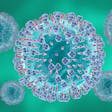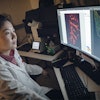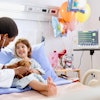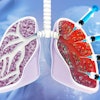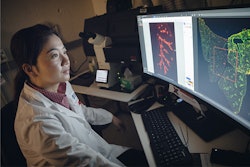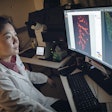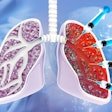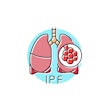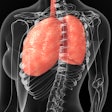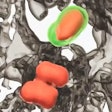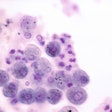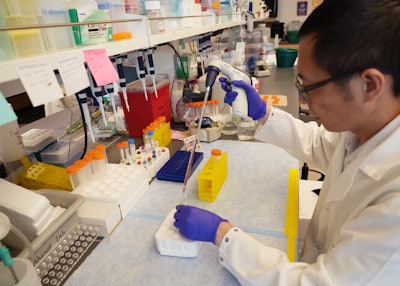
Recent research from Northwestern Medicine, and published in JCI Insight, has uncovered new knowledge on why more than half of lung transplant recipients experience rejection within five years.
The study, “Single-Cell Dissection of Chronic Lung Allograft Dysfunction Reveals Convergent and Distinct Fibrotic Mechanisms,” suggests that abnormal cells emerge following transplant procedures and in chronic disease states that drive the development of lung rejection and damage. In addition to better understanding the cause behind rejection, the findings have initiated assessment of new drugs to treat transplant rejection and other pulmonary diseases.
“Chronic lung transplant rejection has been a ‘black box.’ We knew it happened but did not know exactly why. Our study provides the first comprehensive cellular and molecular roadmap of the disease,” said corresponding author Ankit Bharat, MBSS, in a university news release. Dr. Bharat is chief of thoracic surgery in the department of surgery and executive director of the Northwestern Medicine Canning Thoracic Institute.
Dr. Bharat and colleagues evaluated approximately 1.6 million cells to uncover the reason of chronic lung allograft dysfunction (CLAD), which remains the leading cause of death after the first year of transplantation. They discovered a recipient’s immune cells and donor-derived structural cells participate in harmful “conversations” that produce ongoing lung damage.
Other key findings from the study include:
- Identification of a rogue cell type (KRT17 and KRT5 cells), which plays an important role in CLAD and other lung scarring diseases, such as idiopathic pulmonary fibrosis, interstitial lung disease and COPD.
- Discovery of previously unknown cell populations in rejected lungs, including “exhausted” T-cells that remain activated but dysfunctional and “super-activated” macrophages that promote scarring and inflammation.
- Creation of new computational methods that support comprehensive analysis.
The researchers used this data to develop the first comprehensive reference map of molecular features, highlighting those that are mutual and those that differentiate.
“By comparing chronic rejection to other scarring lung disease, we identified both shared and unique features,” Dr. Bharat said. “This means treatments developed for one condition might help others. The benefits extend far beyond transplant patients.”
The scientists were able to trace specific genes and signaling pathways that advance scarring, such as PDGF, GDF15 and TWEAK, indicating potential targets for new drug therapies. According to Dr. Bharat, current medications approved for other pulmonary diseases, such as nintedanib and pirfenidone, could be repurposed to treat lung transplant rejection.
“The findings have immediate translational potential. We’re already exploring therapeutic strategies based on these discoveries,” he said.
Although the study’s focus was on CLAD, Dr. Bharat said its findings will impact the broader understanding of and treatments for all forms of pulmonary fibrosis.
“The molecular pathways and cell types we identified are relevant to conditions affecting hundreds of thousands of patients with various lung scarring diseases, not just transplant recipients,” he said. “This work essentially provides a ‘Rosetta Stone’ for understanding lung scarring regardless of the initial trigger.”
